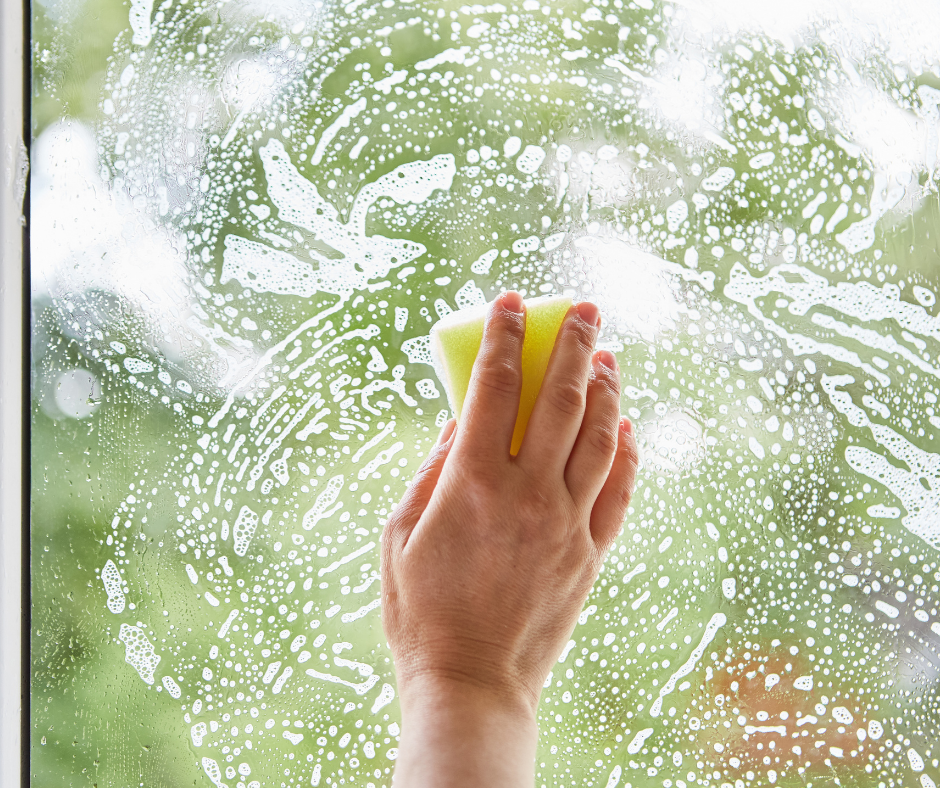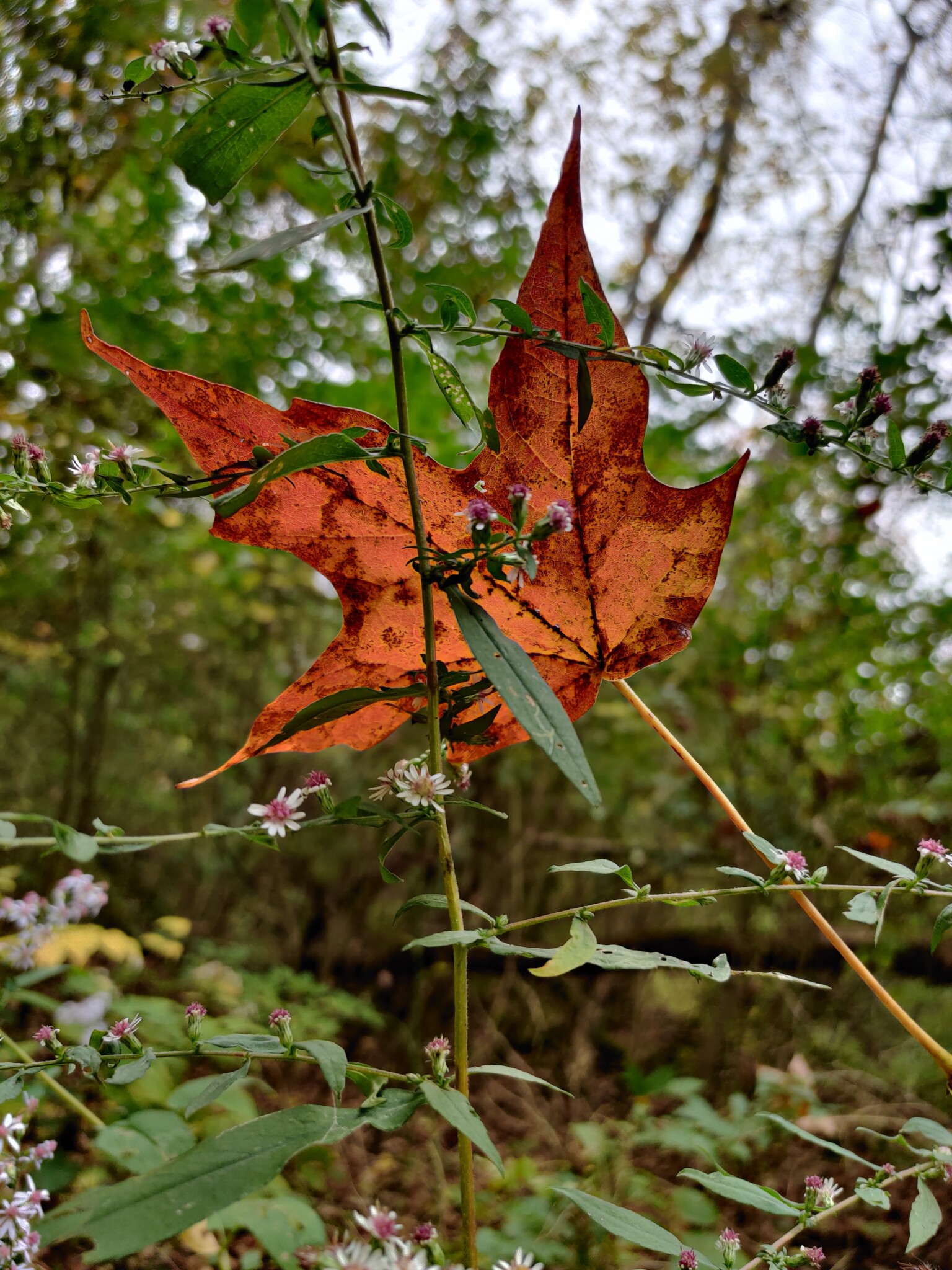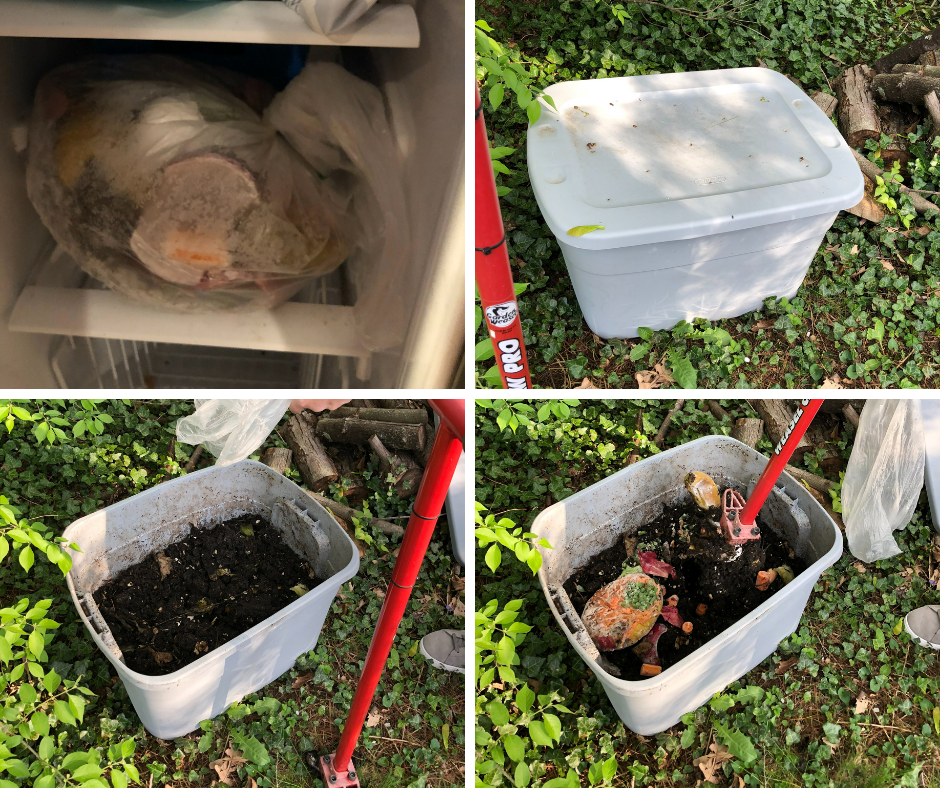Updated December 15th, 2023
Living more sustainably in the New Year
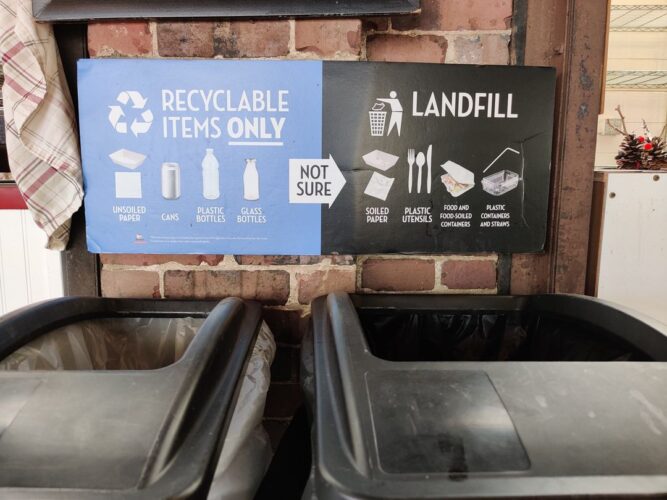
Many of people start the New Year with health-focused resolutions, such as integrating more healthy foods into their diets and creating a consistent exercise regimen. Part of supporting a healthy lifestyle means creating a healthy living environment. Making sustainable choices at home can help you and the planet — win, win!
Recycle Right: Curbside recycling in the Miami Valley is easy and helps keep waste out of the landfill. Participate by recycling paper products, glass, metal and plastic containers. Avoid mixing your recyclables with items that can’t be recycled through traditional curbside pick-up, such as plastic shopping bags, which can be dropped off at supermarkets.
Need some recycling inspiration? Check out the 2nd Street Market’s recycling series :
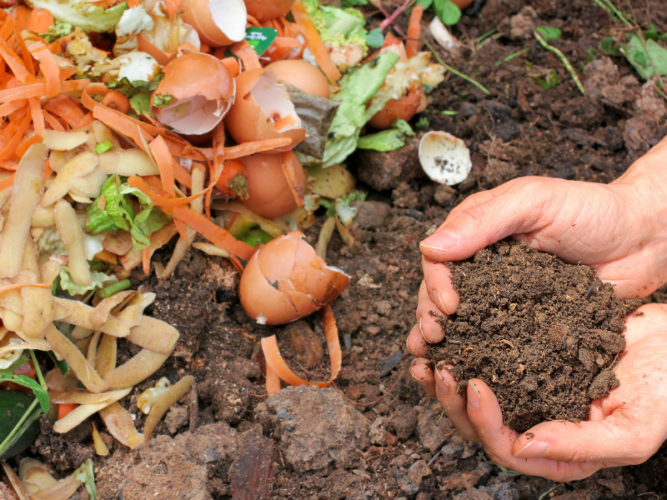
Consider Composting: Composting is easy and takes care of nearly all organic waste generated in the average household, such as food scraps, weeds, leaves and brush. Composted materials can be broken down into food for your garden and landscape.
Here are some quick, easy ways to get started:
- Pick a spot that is convenient to your daily routine but also close to where you might use the compost in the future (such as near a garden bed or landscaped area). Also, if your bin will be in contact with the ground, make sure there’s good drainage to avoid anaerobic water conditions.
- Buy or make a compost bin. A good bin has aeration holes and is easy to get underneath with a shovel to fetch finished product. Having a lid may be desirable but is not necessary. An old garbage can, a circle of fencing or even a simple pile can work just fine. There are also many affordable bins that help keep things tidy and easy to manage.
- Collect compostable items, which includes anything made of organic material, such as food scraps, leaves, weeds, grass clippings, paper shreds, dryer lint and more.
- “Composting browns” refers to older plant material that has lost much of its nitrogen – straw, dry leaves, paper, sawdust, etc. “Composting greens” refer to items of fresher plant material that still contains a lot of nitrogen – food scraps, green grass clippings, green leaves, etc. For now, don’t worry about the ratio too much, but do make sure to get a good mix of materials from each category and layer or mix them as you build your bin.
- Composting is essentially the business of growing microbes to break down waste into organic soil. The microbes that are best for composting need air and water. Make sure to aerate the bin or pile by turning or forking it regularly once materials begin to compress. Once a week or so is plenty, and if time doesn’t permit, turn or fork less often. Additionally, make sure the bin doesn’t dry out. A good rule of thumb is to check 6 inches below the top of the pile. This material should be damp to the touch. If it isn’t, water thoroughly.
- Avoid adding large woody material unless it has begun to decompose or can be chipped.
- Be patient! Compost can take time to finish — especially when starting out. Over time, the system becomes more active and compost generally happens more quickly as materials are added regularly. If kept hydrated and aerated, compost should begin to finish about a year from when the bin or pile was started.
- Some people like to harvest finished compost from the bottom of their bin as it becomes available. Others like to start a second bin or pile so that one can be left to finish while adding to the other.
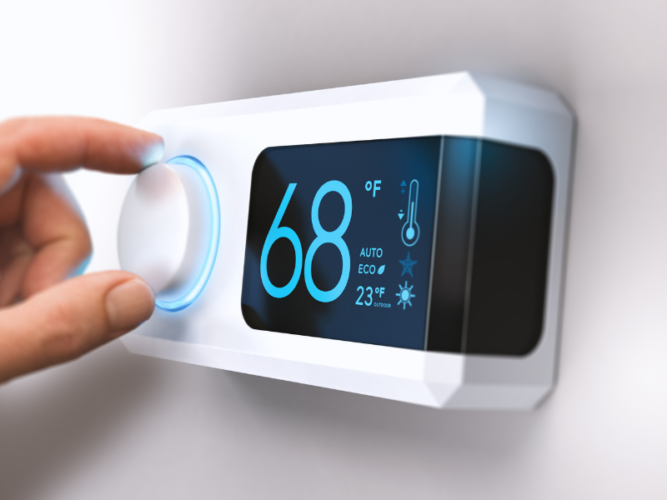
Cut down and save: Those staying at home for work and school may have seen a spike in their household’s energy usage. There are simple ways to conserve energy, which can also help you stay on budget.
- Set temperatures to 68 or lower during the heating season and 74 or above during the cooling season. Experiment with what temperatures work best for your household.
- Make sure your living space is insulated and air sealed.
- Clean and optimize your HVAC system.
- Insulate hot water pipes and set your water heater to 120 degrees or below.
- Replace outdated lighting with LED lamps or fixtures.
- Visit energy.gov to learn more about optimizing your household energy consumption.
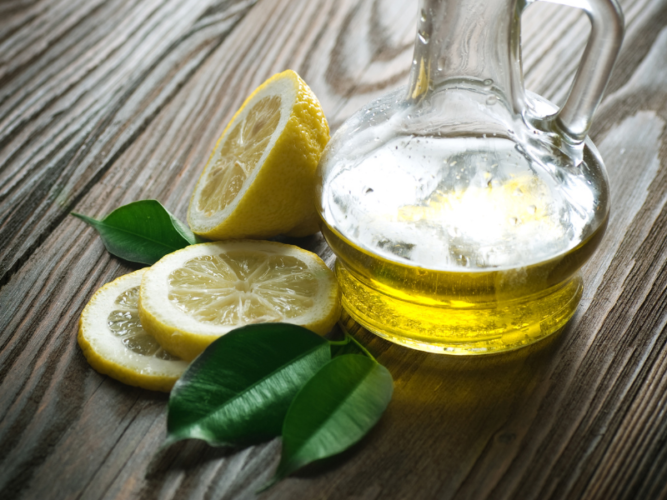
Clean Green: Whether you are keeping a cleaner space to avoid germs or checking off to-dos on your spring-cleaning check list, it’s important to use biodegradable, non-toxic cleaners.
Making your own household cleaners for basic tasks helps protect your indoor air quality and the aquatic ecosystem. Pritchard provides some green ingredients and a recipe but notes that products labelled for disinfecting should be used where required.
- All-purpose cleaning spray: Diluted distilled vinegar is cheap, easy, Earth-friendly and effective. Dilute distilled vinegar to 50% vinegar, 50% water for a great general cleaning spray. Don’t like the smell of vinegar? Add a few drops of your favorite essential oil. Vinegar contains acetic acid, which is responsible for its excellent cleansing property and distinct odor, but it evaporates quickly, and the smell does not last long. For tough cleaning jobs, try straight vinegar but be sure to test the surface in an inconspicuous place.
- Wood polish: What is good for a salad is also good for wood polishing: lemon juice and olive oil. Combine lemon juice and olive oil 50/50 in a small jar, shake to combine and then use a rag to clean and polish wood furniture. Wipe dry to prevent any damage to wood finish. Note that some wood finishes have very specific cleaning requirements, but this works well for most oil finishes and is fine for most hard finishes, such as polyurethane. The citric acid cuts grease and build up and the olive oil leaves a thin protective coat with a slight shine.
- Scented all-purpose cleaner: Make a great all-purpose cleaner with natural soaps, cleansing and deodorizing agents. While there are combinations you can use, this recipe can help control microbes and leave areas smelling fresh and relaxing. Mix the following in a spray bottle and adjust to preference.
- 24 fl oz water
- 1 fl oz castile soap
- 4 tbsp white vinegar
- 10 drops thyme oil
- 5 drops tea tree oil
- 5 drops lavender oil
Note: this cleanser is not actually a disinfectant; use appropriate cleaning materials when disinfecting surfaces.
For more tips on living green, be sure to follow Five Rivers MetroParks on Facebook, TikTok, Instagram and YouTube.


